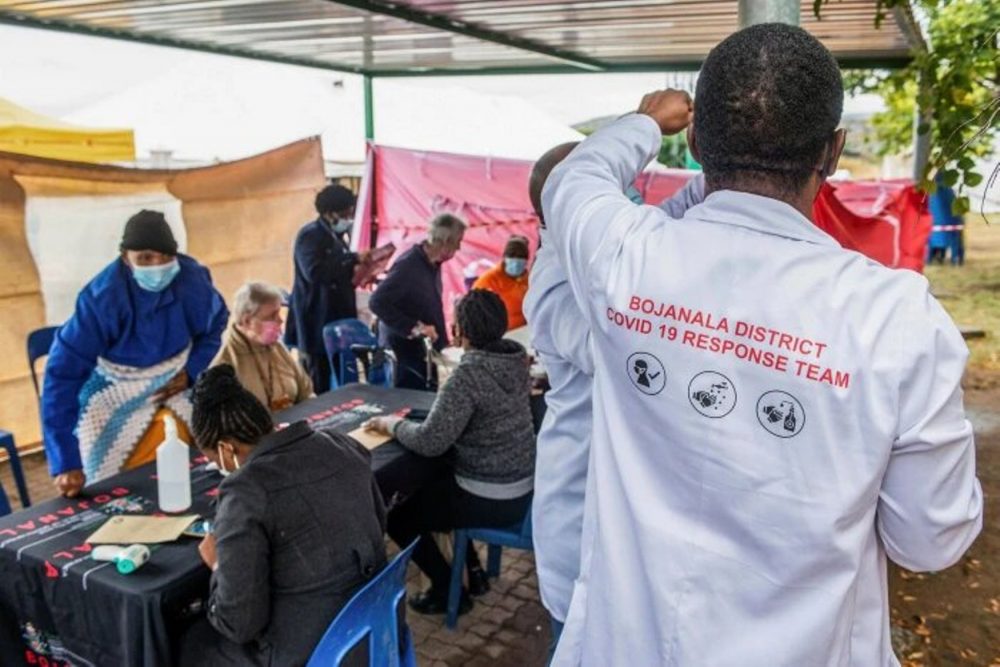As we fight COVID-19, let us not forget Non Communicable Diseases
During the first wave of COVID-19 , hospitals all over the world diverted their resources from routine care to the care of COVID-19 patients.

Then came the second wave, and all preparedness was non enough. Hospitals were packed, and resources were on the verge of getting over. Because of resulting resource constraints, doctors and patients both deferred their routine visits, evaluation, follow-up, and other so-called ‘non-urgent’ services.
In fact, all over the world, an interesting decline in non-COVID emergencies was noted, almost more than 50 percent decline in patients with acute coronary syndrome and acute stroke. Non-covid respiratory emergencies were also significantly low in numbers.
While this postponement may somewhat have reduced the amount of ‘unnecessary’ hospital visits, in many cases, like cancer, heart failure and other non-communicable diseases which require very close supervision by the treating doctor, patients later required a higher level of care and longer hospital stays. This led to an increased burden on already jeopardised healthcare.
Now, since COVID cases are on a significant decline, another hidden pandemic of non-COVID cases will soon follow if we don’t plan for it. It is high time that we focus on non-COVID cases.
According to the Africa Health Organisation (AHO), non-communicable diseases (NCDs) are the leading cause of death worldwide, responsible for 71 percent of the total number of deaths each year. The top four killers among NCDs with the highest number of deaths are cardiovascular diseases, cancers, respiratory diseases, and diabetes.
However, the term of NCDs has been extended to cover a wide range of health issues, such as hepatic, renal, and gastroenterological diseases, endocrine, haematological, and neurological disorders, dermatological conditions, genetic disorders, trauma, mental disorders, and disabilities (e.g., blindness and deafness).
The major risk factors contributing to NCDs involve unhealthy diets and lifestyles, physical inactivity, tobacco use, and alcohol misuse. Hence, most of these diseases are preventable as they eventually progress in early life due to lifestyle aspects.
Cardiologists all over the country have noted that hospital footfall for the most dangerous type of heart attack, known as a STEMI, is mysteriously low. Even neurologists are observing relatively fewer cases of acute strokes. Though it is possible that COVID-appropriate behaviour is somehow reducing the risk of acute problems such as stroke and heart attack, it is quite possible that this is a sign that people are avoiding coming to the hospitals — even in extreme circumstances.
NCDs, such as cardiovascular disease, cancer, diabetes, hypertension, and chronic respiratory disease are amplifying the impacts of COVID-19 , and COVID-19 is exacerbating the burden of NCDs, particularly in already disadvantaged communities. Almost 25 percent of the world population is estimated to have a condition that increases their vulnerability to COVID-19 fatality, and most of these conditions are NCDs.
To reduce the healthcare burden, and to get the focus back on non-COVID NCDs, hospitals and clinicians should come up with some policies that include prioritising patients based on their disease, and increasing the scope of telemedicine, so that more numbers of patients can be catered to.
Telemedicine has gained immense popularity during COVID times, and we must not let the fire die down. This will also help reduce the potential future increase in demand on emergency departments and inpatient beds from non-Covid patients. Many hospitals have created additional beds and infrastructure during COVID times. The facility should be used for the management of pending NCDs and elective surgeries. The need for an integrated healthcare system is the need of the hour.

